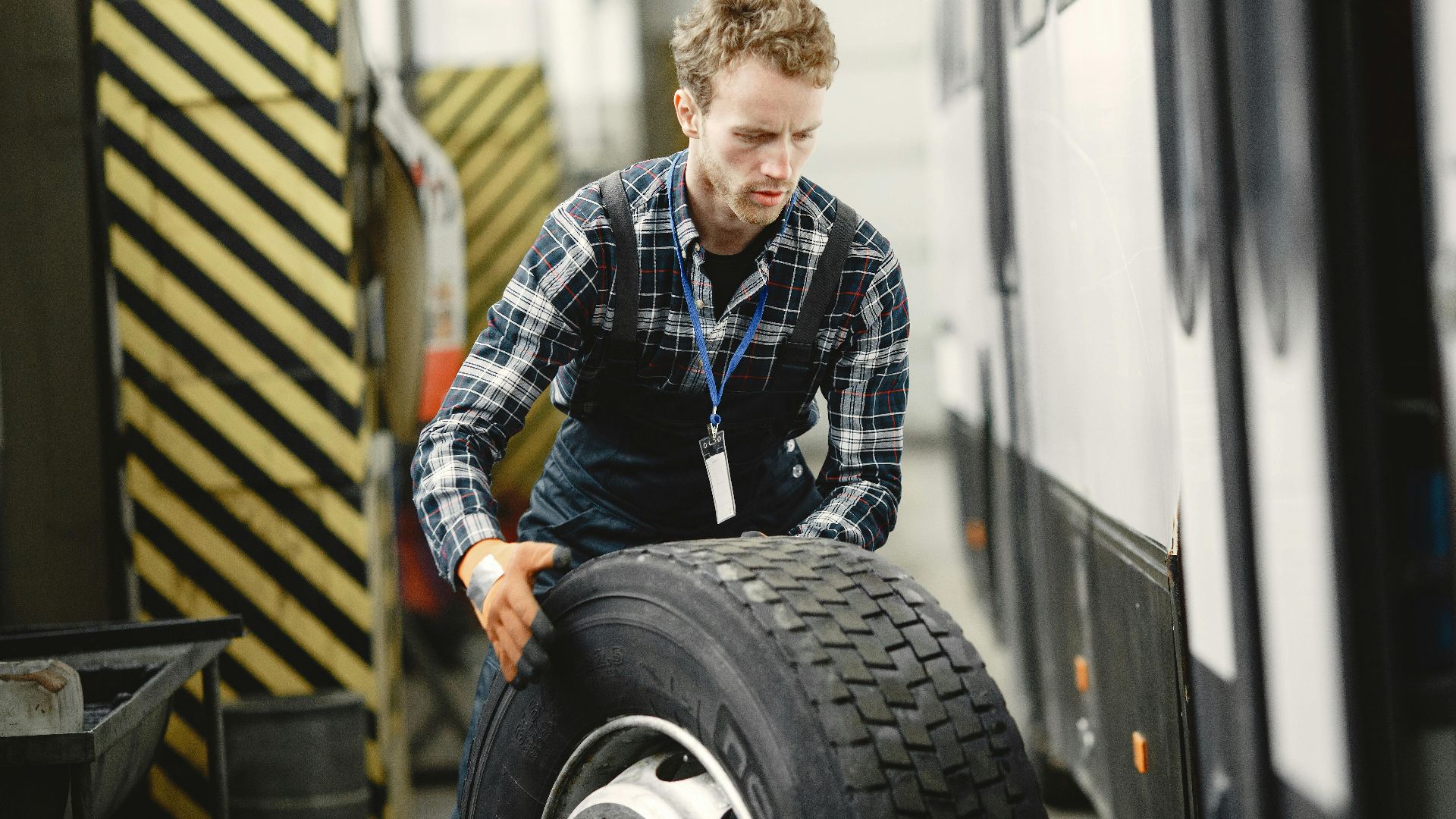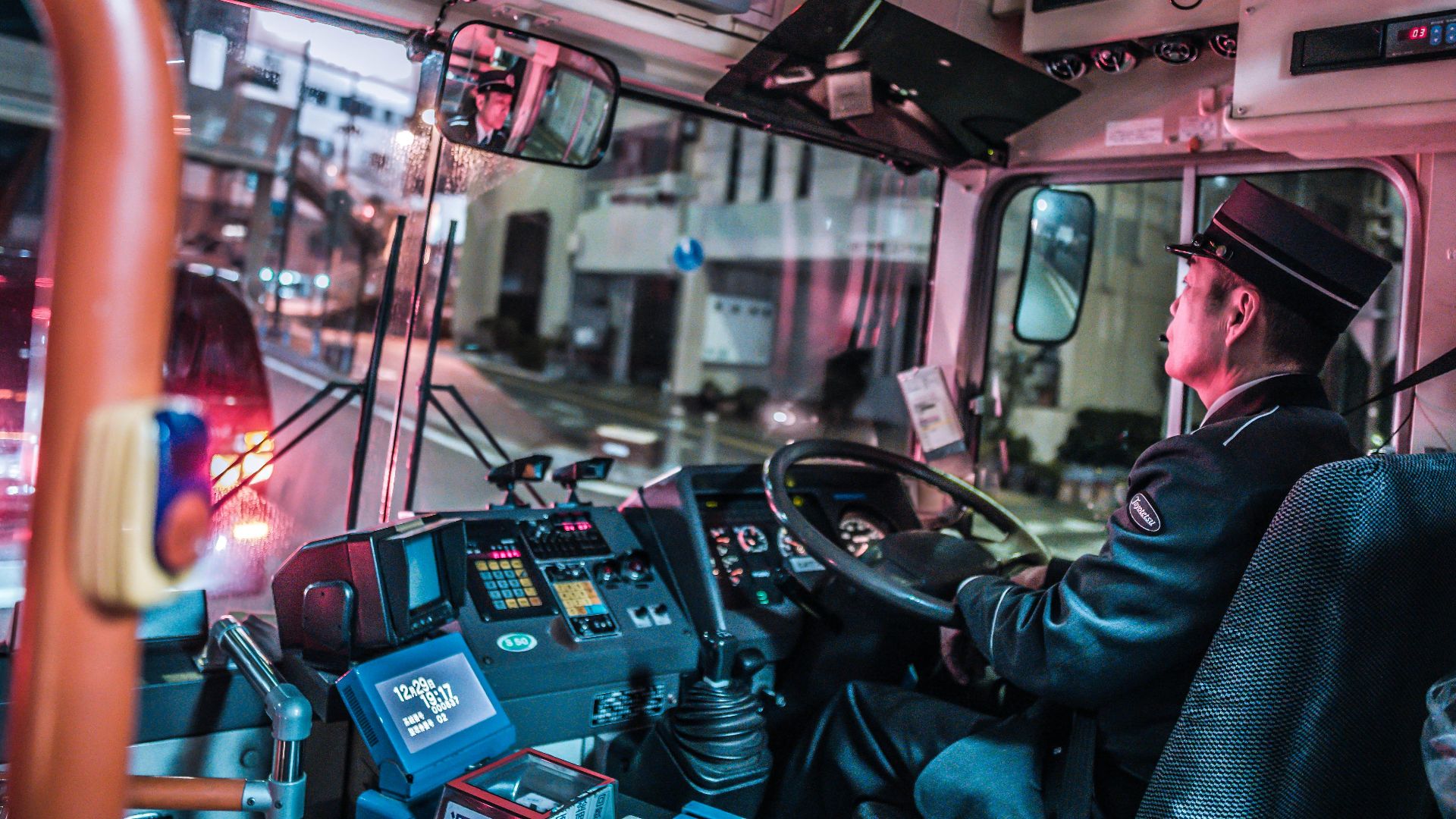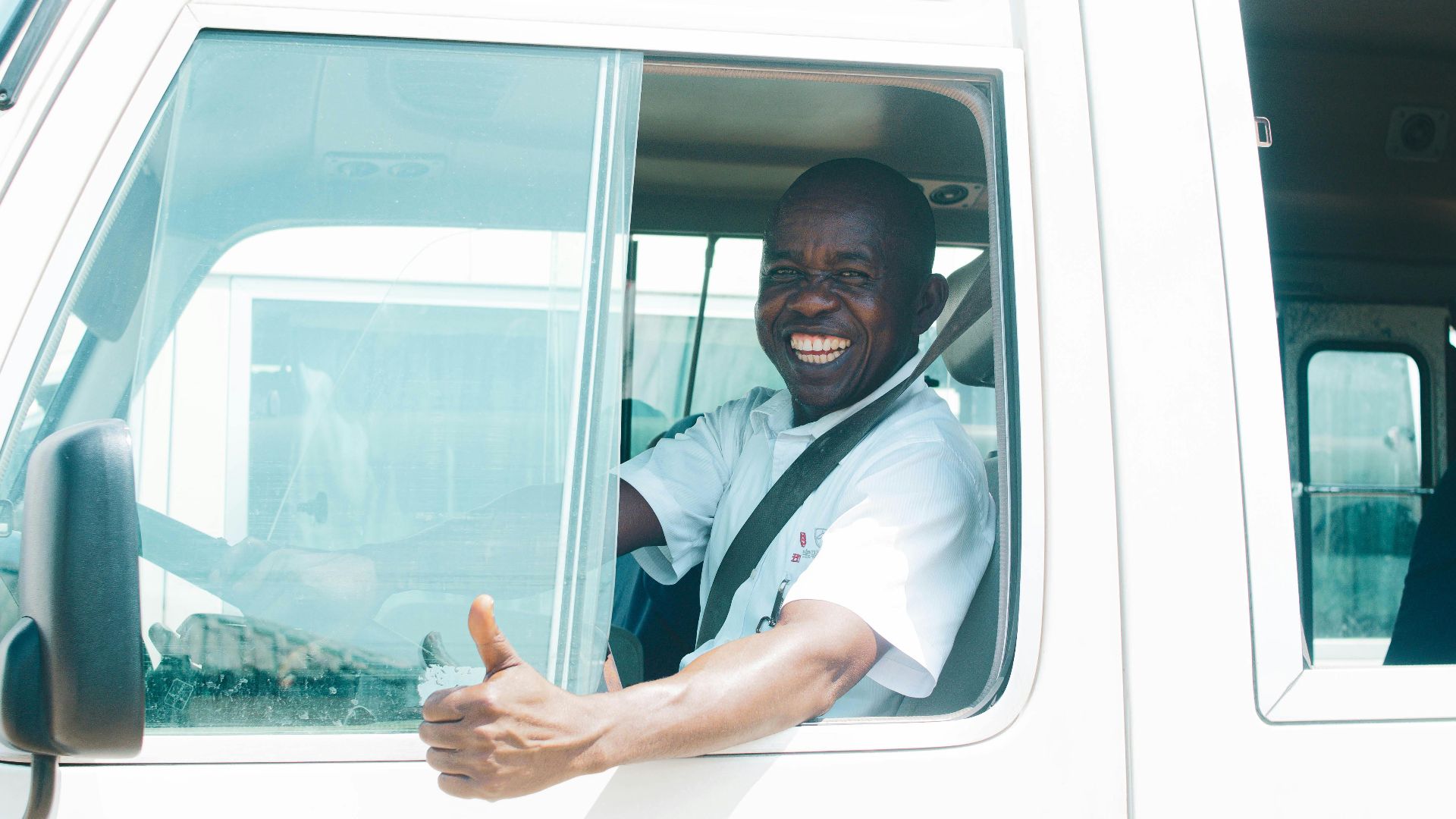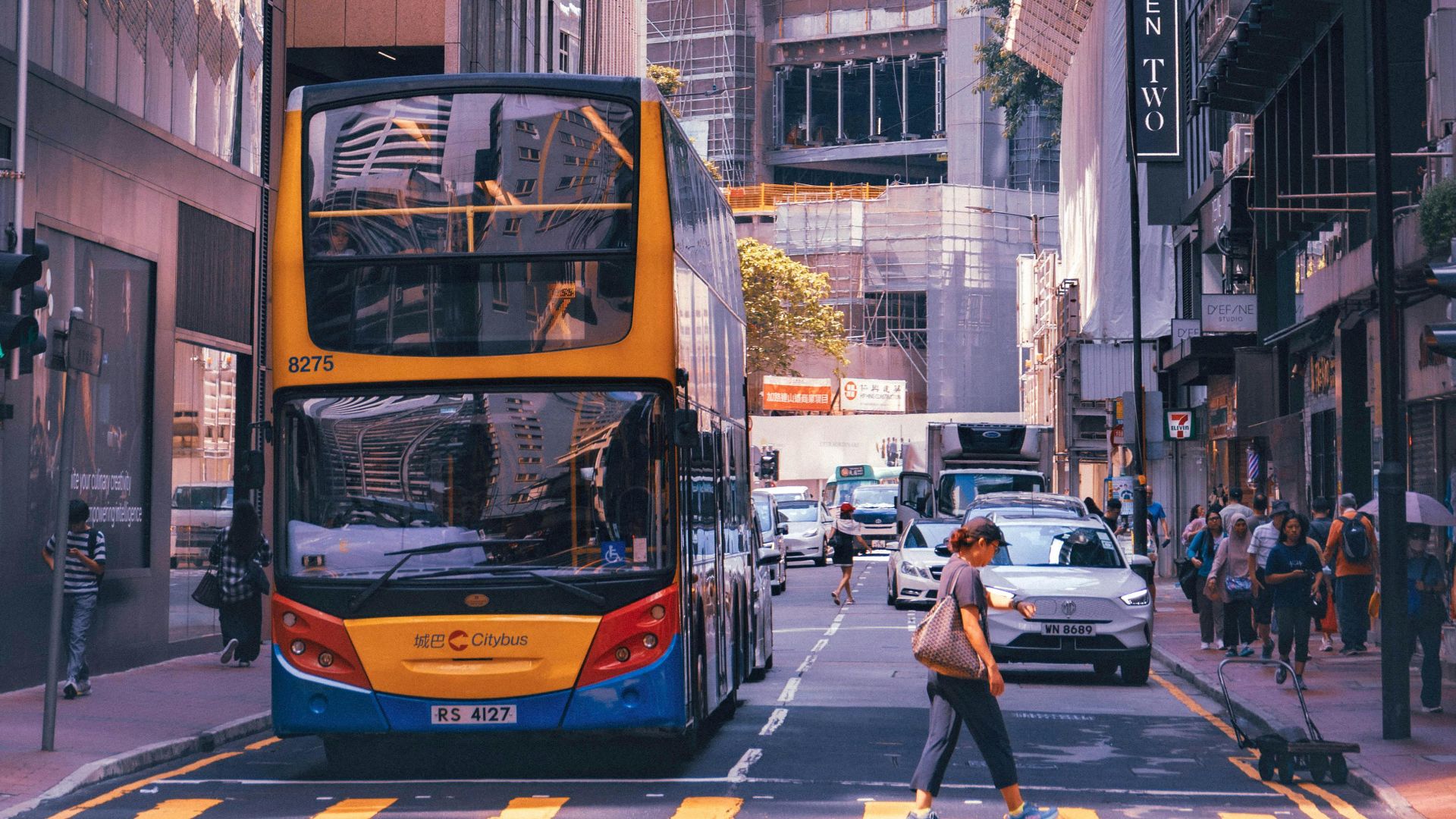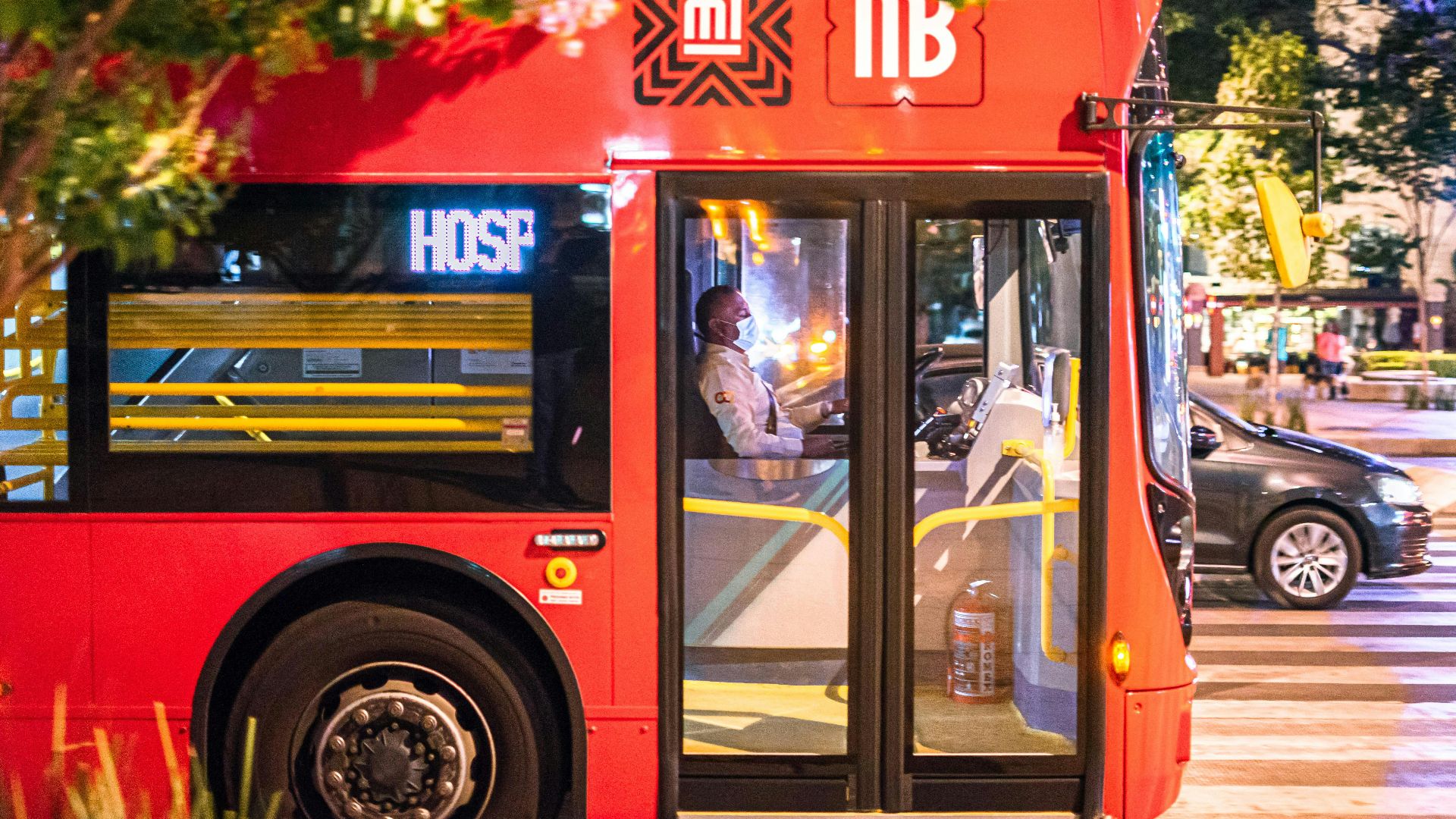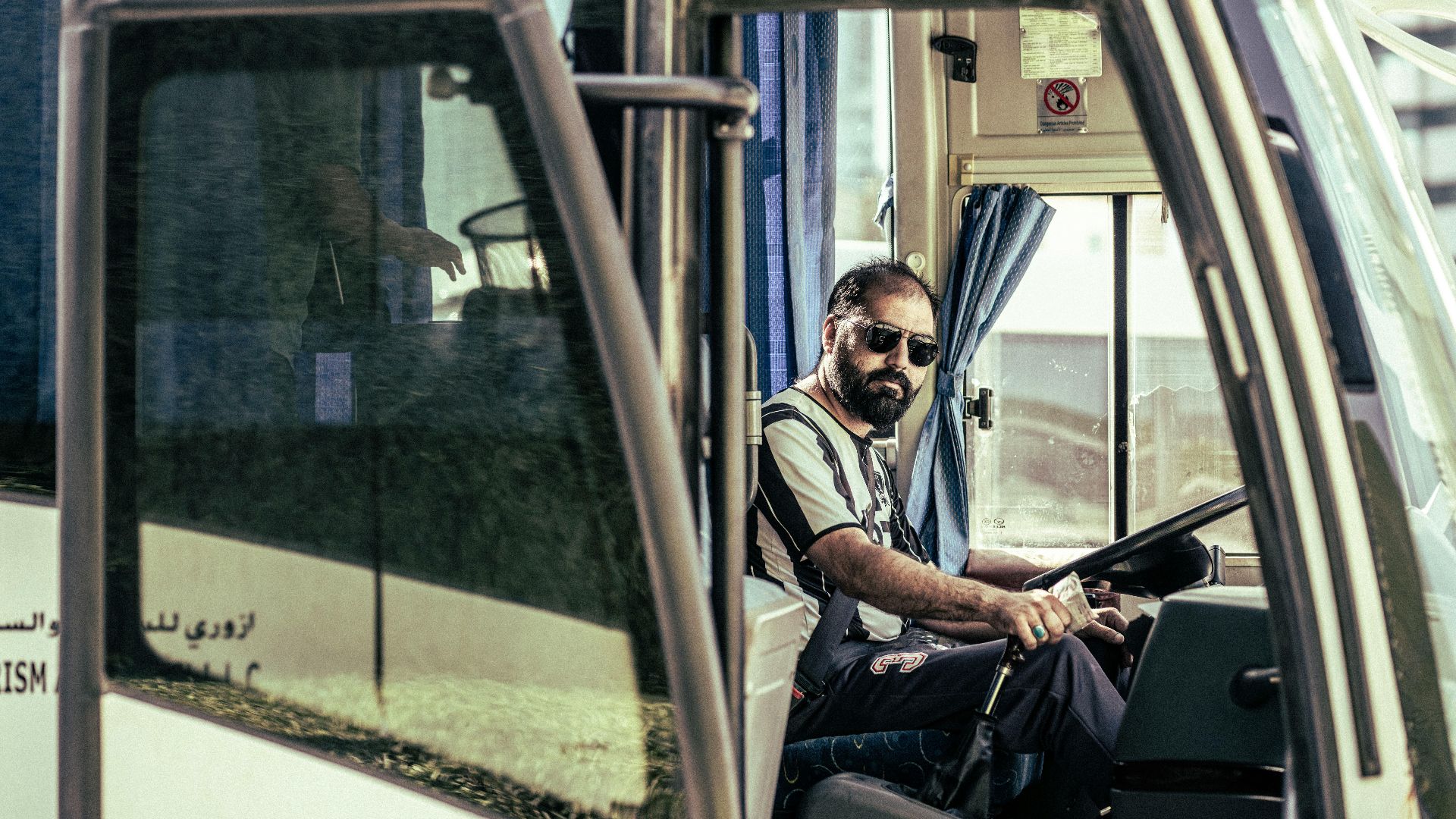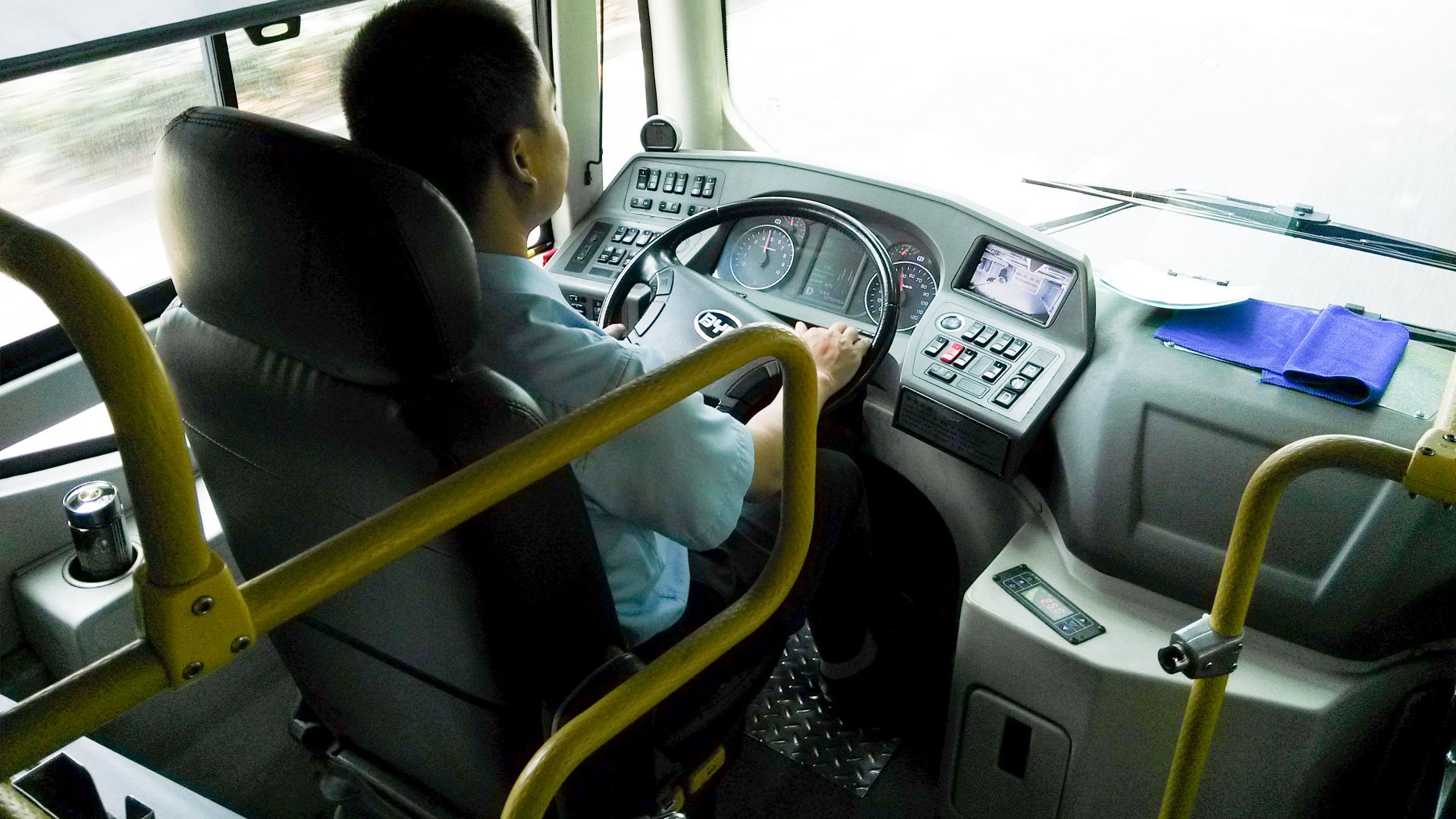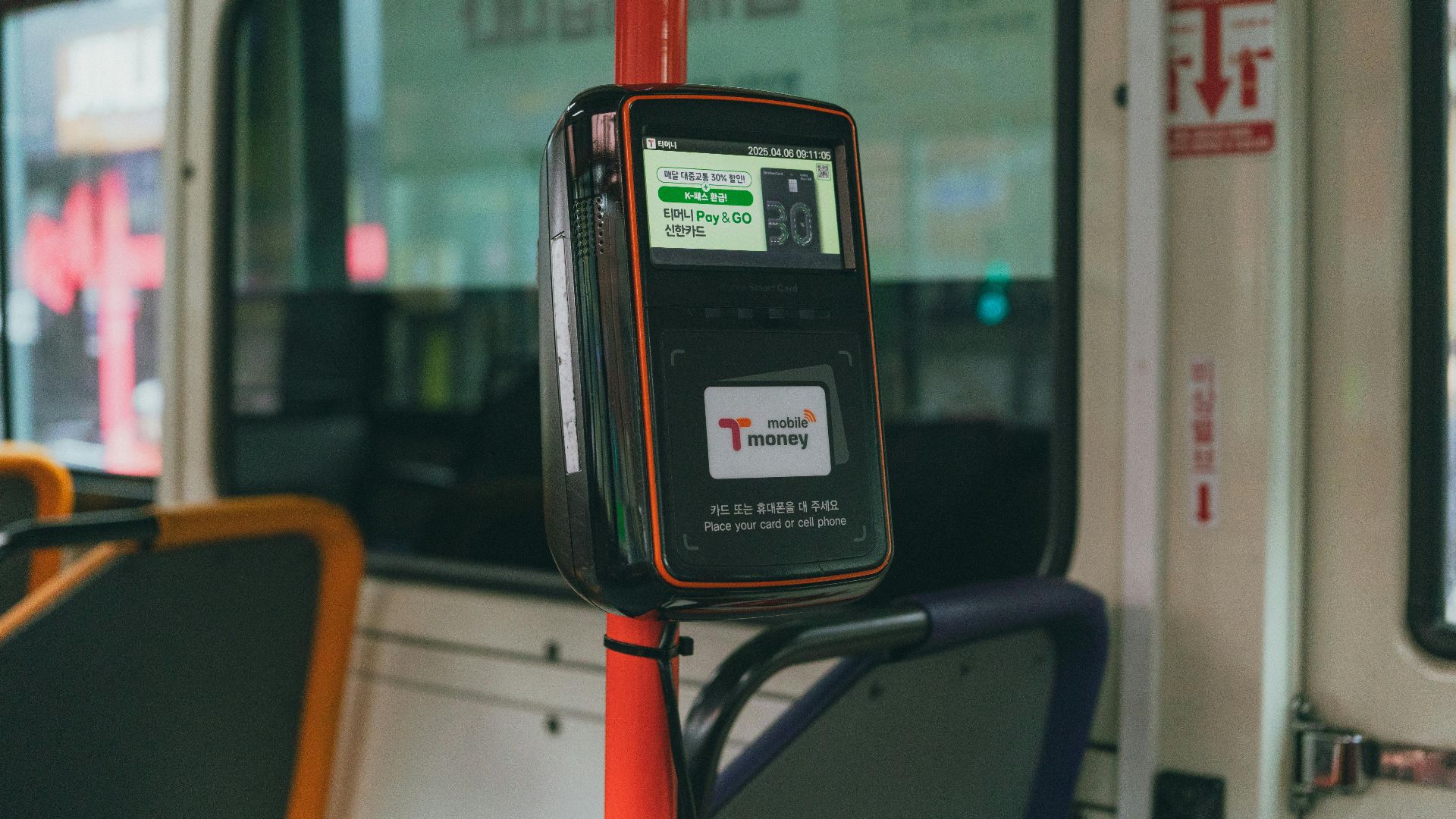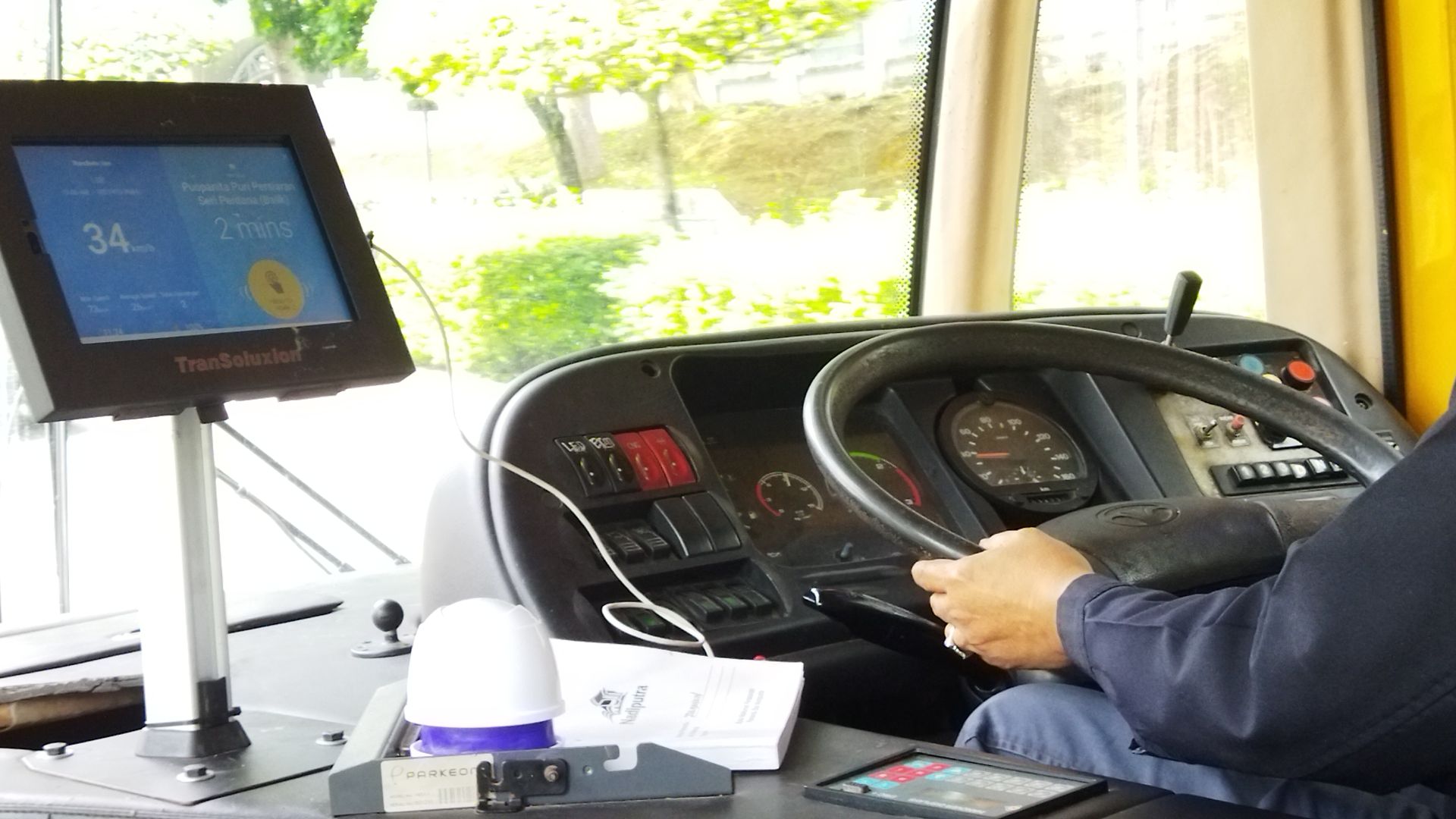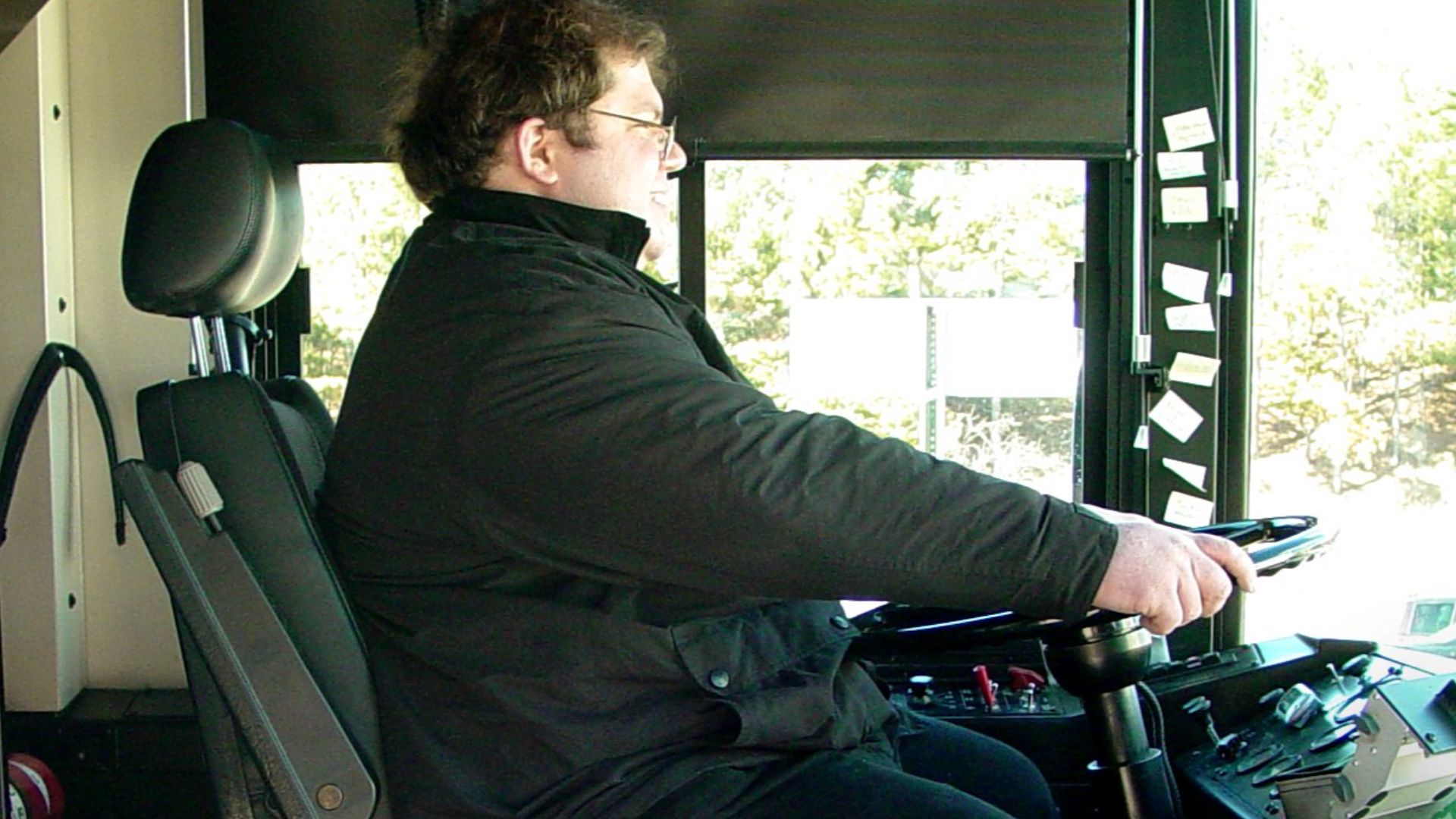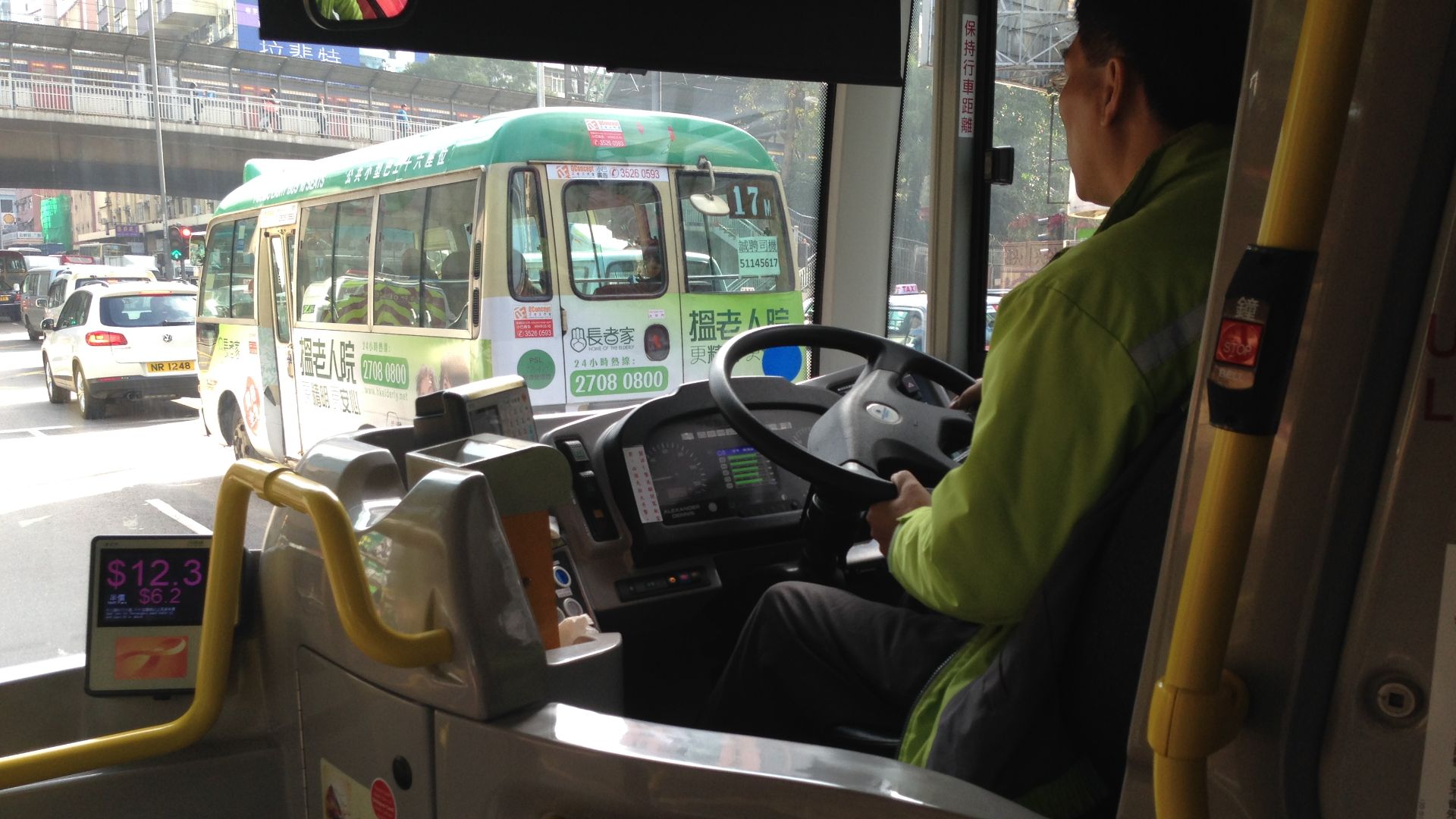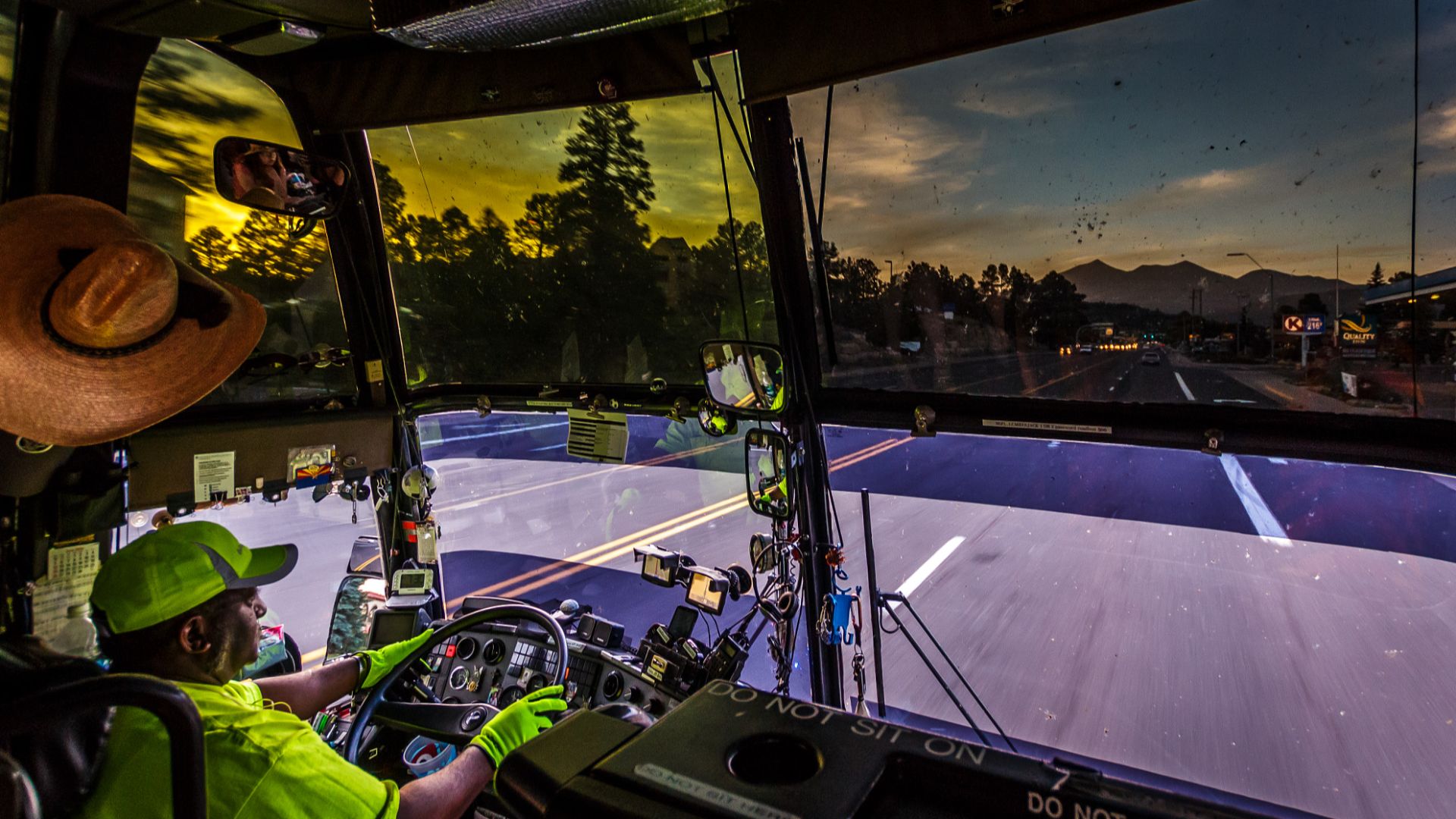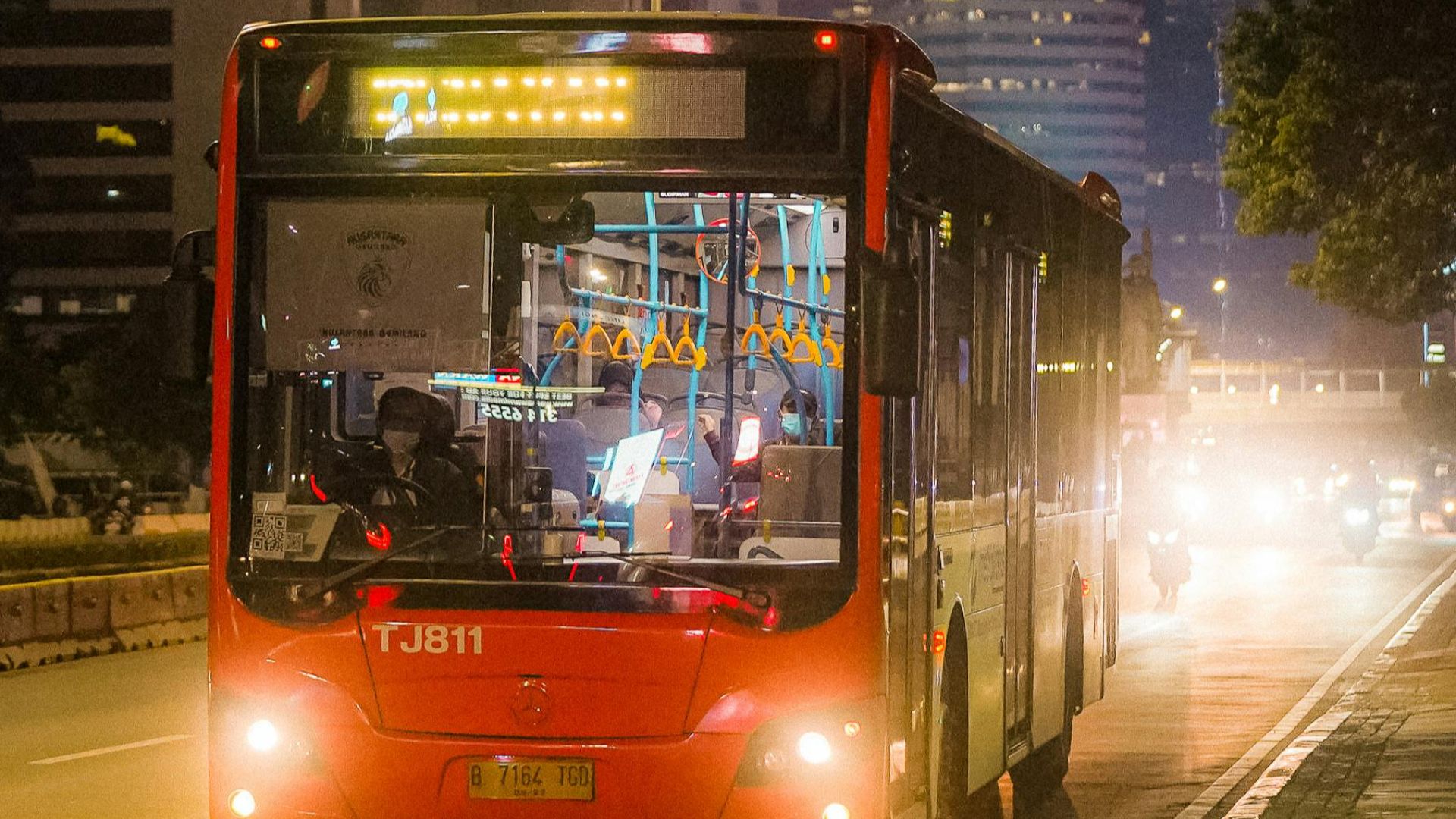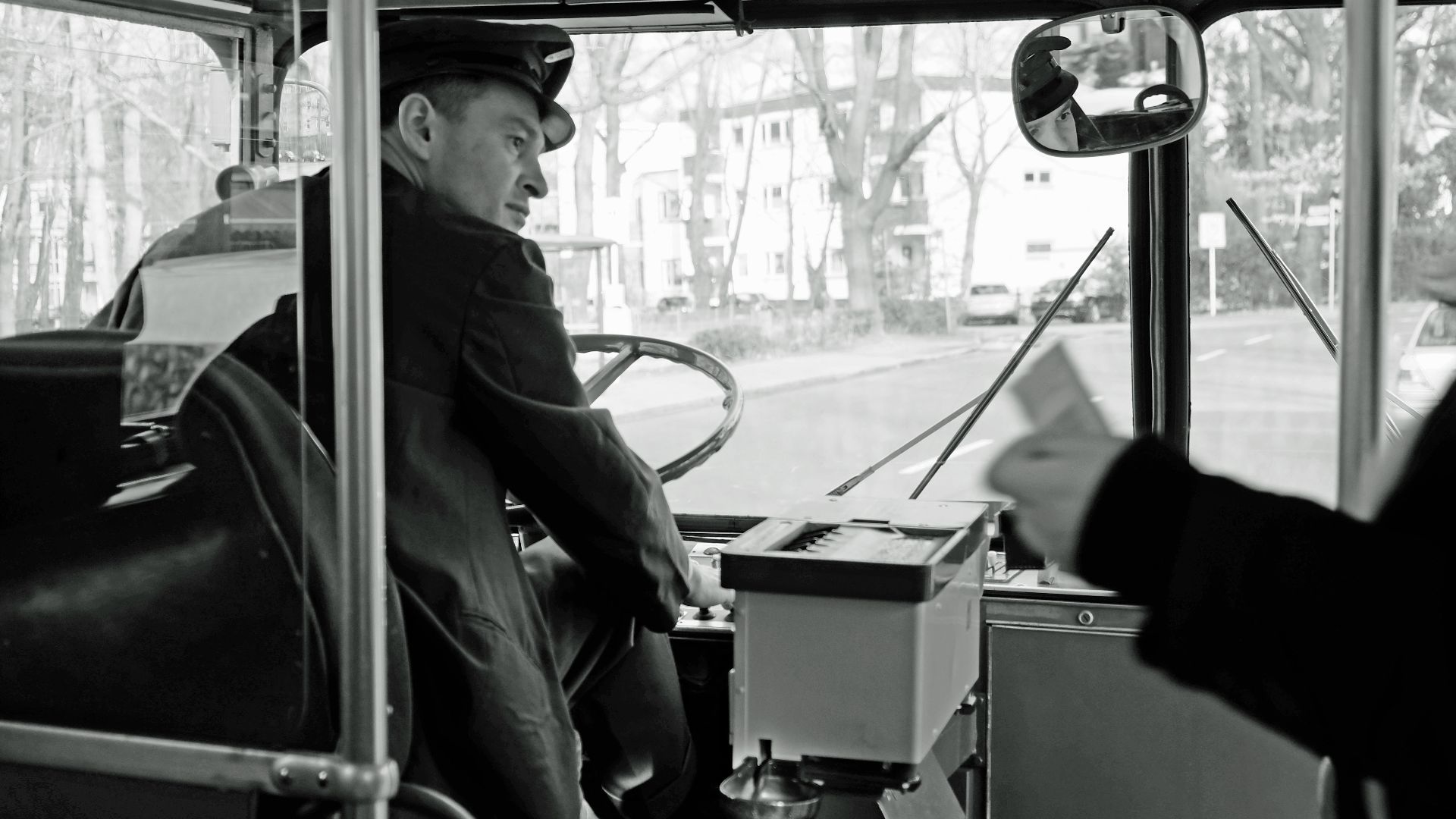Where Great Drivers Become True Pros
Ever wonder what keeps a city moving smoothly even during rush hour chaos? Behind the wheel sits a bus driver balancing focus, timing, and countless personalities daily. It’s a role that demands more than simply driving—it calls for quick thinking and genuine connection with people. Keep reading to explore the key skills that turn everyday drivers into professionals who keep communities running.
1. Defensive Driving & Risk Awareness
A calm mind spots what others miss. Quick shifts in traffic, or sudden stops—each becomes manageable with sharp awareness. Bus professionals stay alert through constant practice, turning unpredictable roads into safe passageways for every passenger who trusts them behind the wheel.
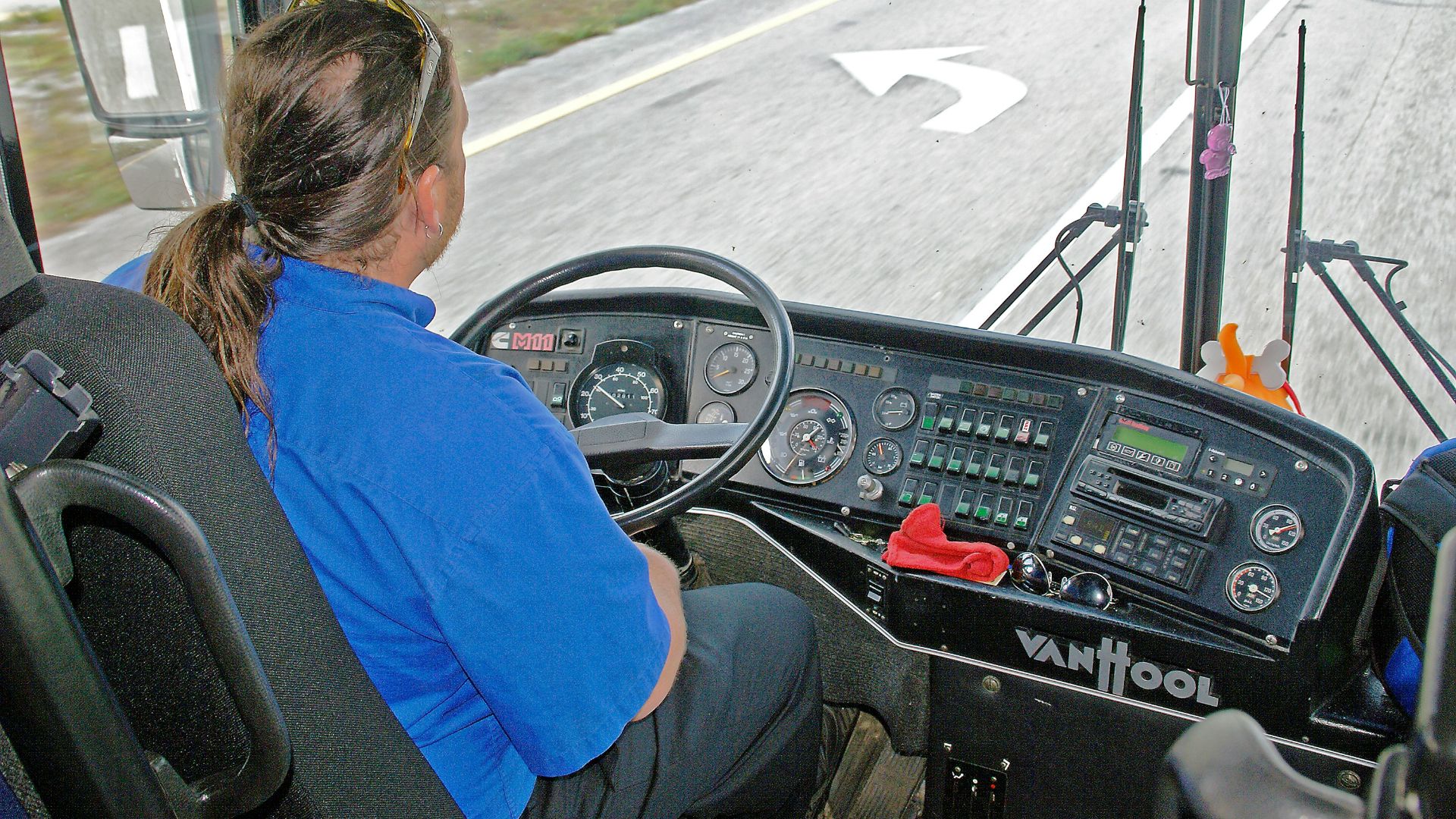 Phyllis Lilienthal on Unsplash
Phyllis Lilienthal on Unsplash
2. Handling, Maintenance & Operational Awareness
Knowing how a bus responds in real time separates confident drivers from cautious ones. Smooth handling, careful system checks, and attention to how the vehicle feels keep things running seamlessly. Staying alert to early warning signs also ensures problems are solved before they grow.
3. Route Navigation & Local Knowledge
Few tools beat firsthand knowledge of the streets. Recognizing landmarks and side roads makes navigation easier when technology falters. Even with GPS support, that internal map helps avoid confusion and gives riders a sense that the journey’s in expert hands.
4. Time Management & Adaptability
Delays are part of the job, but good planning turns chaos into control. Adjusting routes on the fly and reading the traffic flow under shifting conditions keeps schedules intact. Passengers also notice the difference when timing feels effortless.
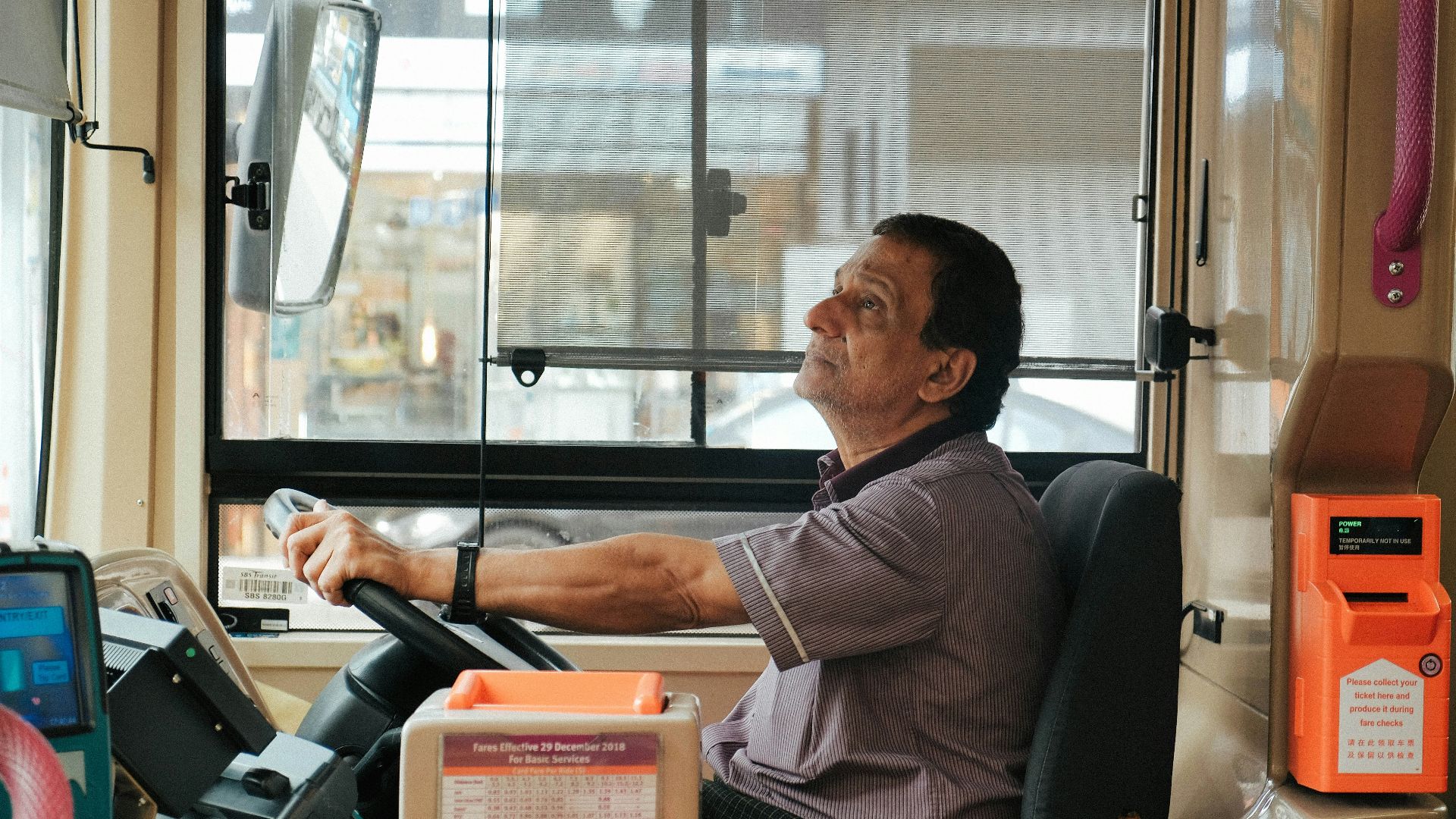 Aji Maulidio Indra Rukmana on Unsplash
Aji Maulidio Indra Rukmana on Unsplash
5. Communication, Courtesy & Conflict Management
A quick smile or clear announcement can ease tension immediately. Calm words and a steady tone often do more than strict authority. Handling disagreements gracefully helps everyone relax and restores a friendly atmosphere, even during a stressful commute.
6. Emergency & Crisis Response
Every driver hopes never to use emergency training, but it’s the skill that defines readiness. Acting fast without panic keeps riders safe until assistance arrives. Whether dealing with a breakdown or a medical scare, steady leadership is what passengers remember most.
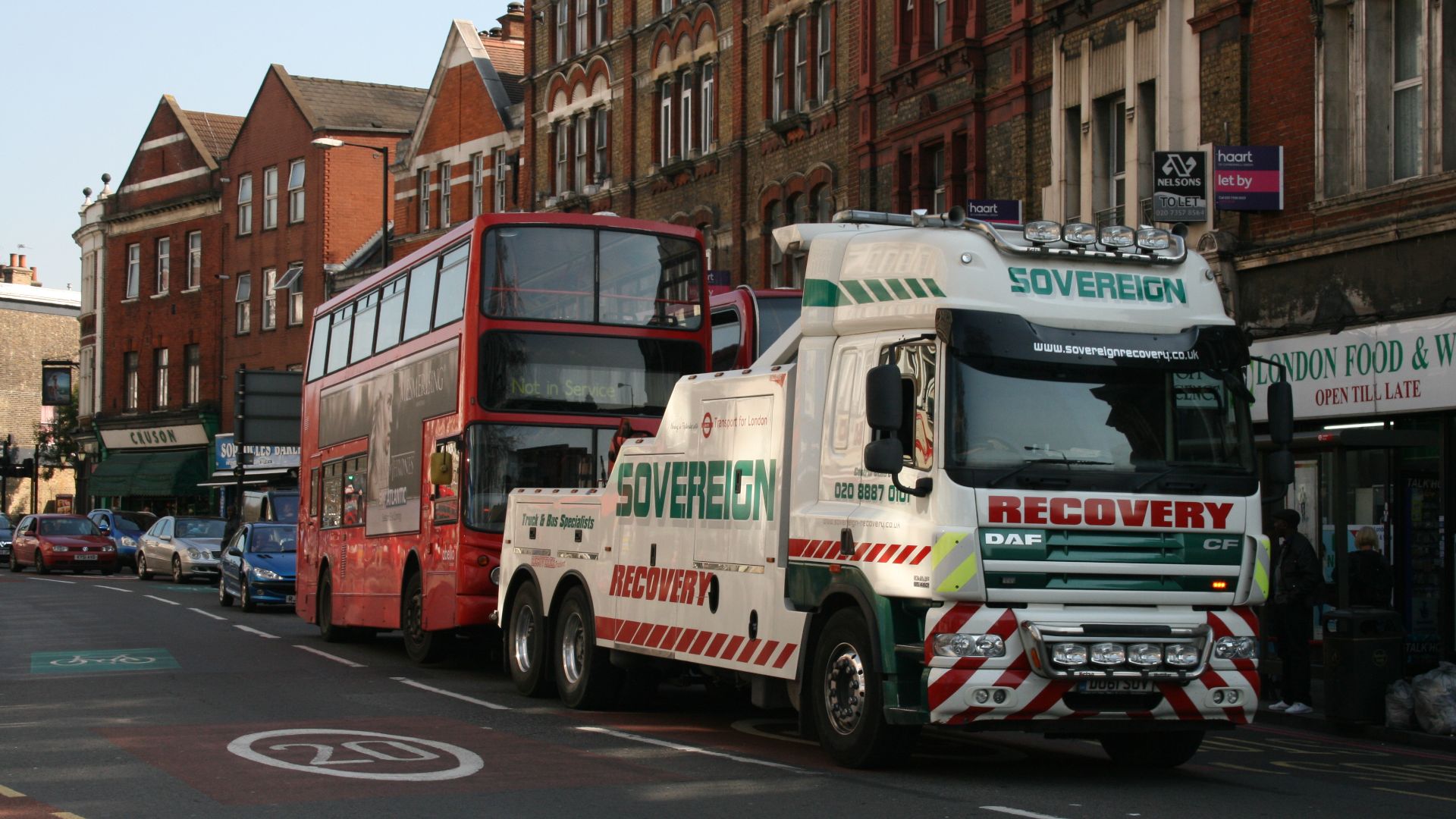 Aubrey Morandarte from Guildford or Coventry, England on Wikimedia
Aubrey Morandarte from Guildford or Coventry, England on Wikimedia
7. Traffic Law Knowledge & Compliance
Following the rules isn’t just about avoiding tickets—it’s about professionalism. Understanding road signs and right-of-way laws keeps the entire system predictable. Consistency behind the wheel reassures commuters that their trip is lawful and handled with care.
8. Focus, Awareness & Attention
Concentration can fade over long hours, yet great drivers stay mentally sharp. Monitoring mirrors, traffic flow, and passenger movement demands full awareness. That balance between alertness and calm ensures the ride stays steady from the first stop to the last.
9. Patience, Stress Tolerance & Composure
When tempers rise or traffic crawls, calmness wins. Staying unbothered by frustration takes practice, but it shapes better judgment and smoother rides. People riding alongside sense that control—and it’s often what turns a tough day on the road into an easy one.
10. Professionalism & Personal Presentation
A neat appearance and respectful manner set the tone the moment someone boards. Reliability also begins with how a driver carries themselves. Trust begins at the curb when confidence meets genuine courtesy.
11. Fare & Ticketing Accuracy
Electronic ticketing has replaced messy stacks of change; however, accuracy still defines good service. Quick hands and sharp attention make transactions effortless. Passengers appreciate when payment feels smooth and fair, turning a simple exchange into a moment of reliability.
12. Coordination & Teamwork With Dispatch
Smooth communication keeps the system alive. Radio updates, digital alerts, or a simple acknowledgment from dispatch help solve small issues before they grow. Staying responsive further ensures the bus is always in the right place at the right time.
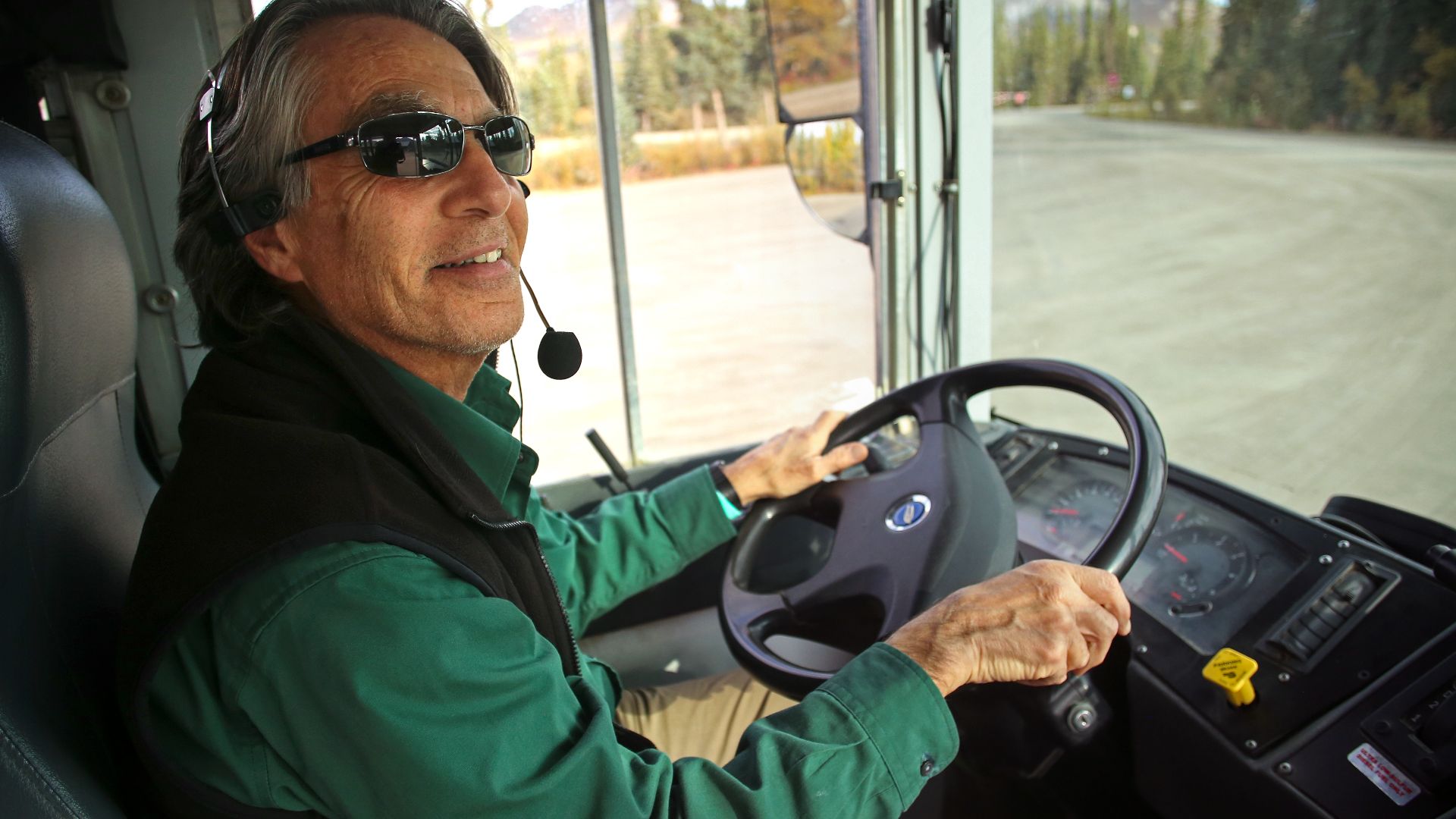 NPS Photo / Emily Mesner on Wikimedia
NPS Photo / Emily Mesner on Wikimedia
13. Physical Stamina & Endurance
A full day behind the wheel demands more than focus—it demands energy that lasts. Posture and pacing make those long shifts manageable. A steady posture keeps control grounded through every turn and stop.
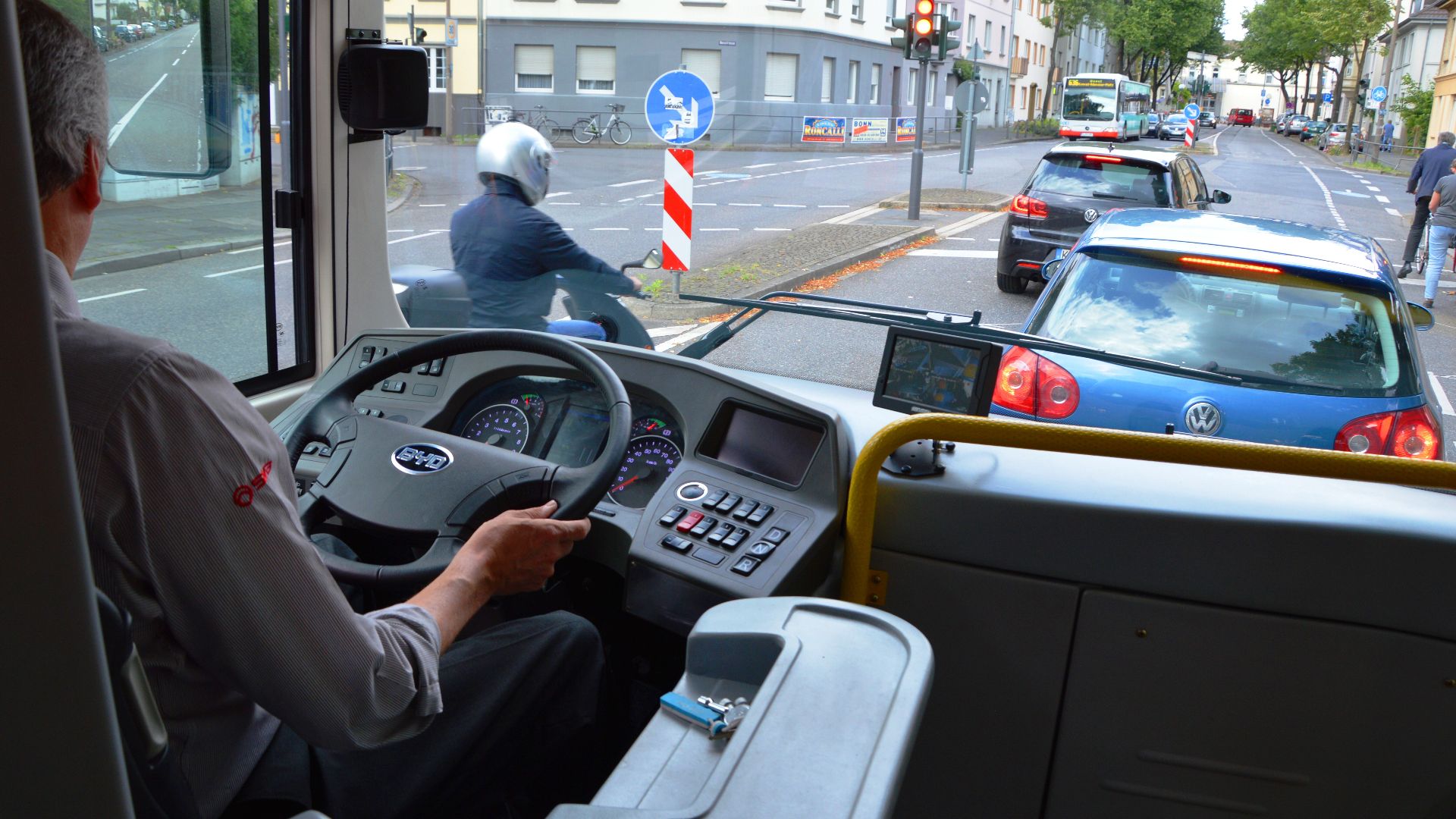 For a gallery of some more of my uploaded pictures see: here. on Wikimedia
For a gallery of some more of my uploaded pictures see: here. on Wikimedia
14. Tech Proficiency & Continuous Learning
Public transport relies on constant innovation. New software updates and safety tools appear regularly and reshape how routes are managed. Professionals who stay curious and keep learning adapt faster, which also prevents confusion and maintains smooth service for everyone on board.
15. Cultural Sensitivity & Inclusivity
Every rider brings a different background. Paying attention to communication styles and accessibility needs helps each person feel at ease. A moment of patience or kindness turns routine travel into an experience that feels respectful and human.
16. Spatial Awareness & Precision Maneuvering
Navigating a large vehicle through tight spots takes instinct and steady control. Skilled operators read the road and anticipate how the bus will respond in motion. That sense of balance protects passengers and keeps the trip free of unnecessary stress.
17. Decision-Making Under Pressure
Unexpected challenges appear without warning. Whether a road suddenly closes or another driver makes an error, confident choices keep the route stable. Staying calm and choosing wisely turns potential problems into brief interruptions instead of major setbacks.
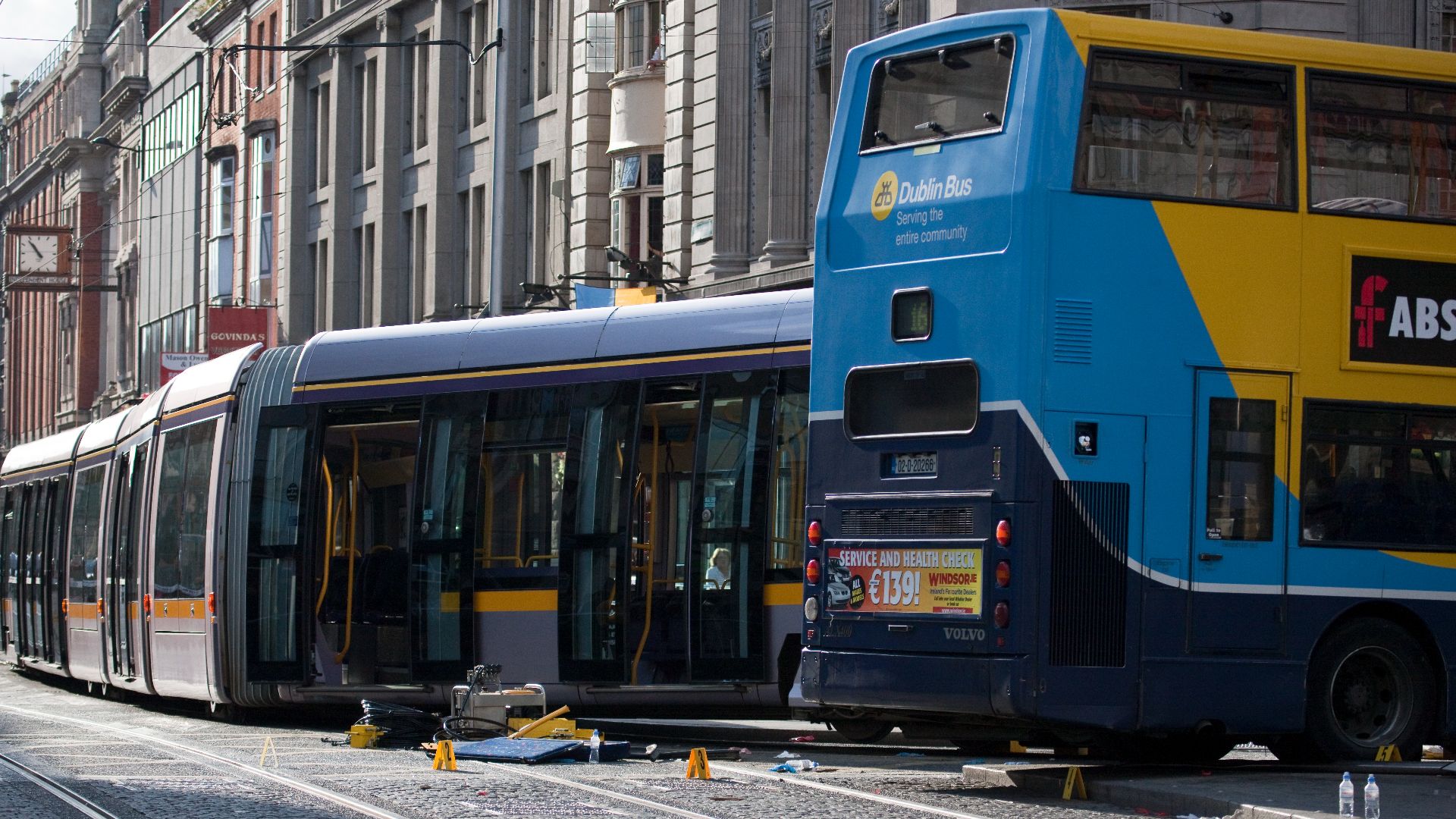 William Murphy from Dublin, Ireland on Wikimedia
William Murphy from Dublin, Ireland on Wikimedia
18. Environmental Responsibility
Eco-conscious driving isn’t complicated—it starts with small habits that save energy. Smooth acceleration and limited idle time reduce fuel use while keeping the bus running efficiently. These mindful adjustments even show how sustainability naturally fits into everyday driving.
19. Night & Low-Visibility Driving Skills
After dark, the road tells a different story. Headlights and shadows shift how distance feels. This is where skilled operators adjust their pace and rely on awareness rather than speed, ensuring every passenger reaches their destination safely despite limited visibility.
20. Multitasking & Cognitive Coordination
Operating a bus demands sharp focus on several things at once. Adjusting mirrors, responding to signals, and tracking everyone’s activity all require attention that doesn’t scatter. The best professionals make these overlapping tasks feel effortless and steady.



